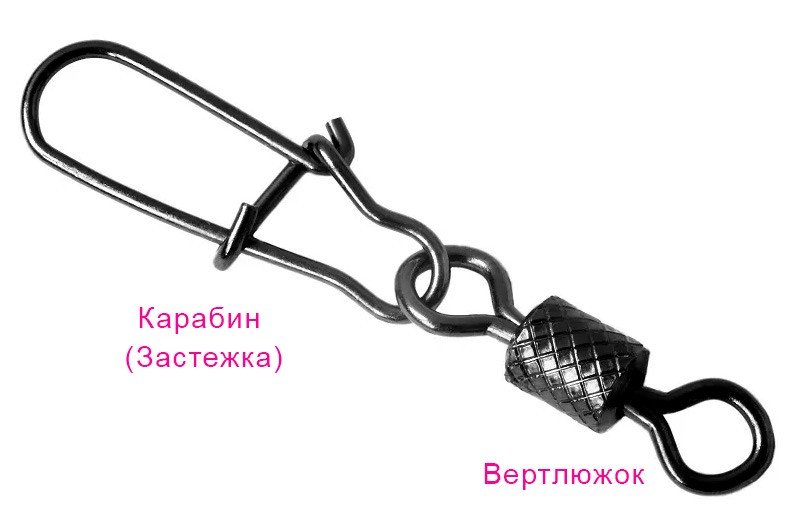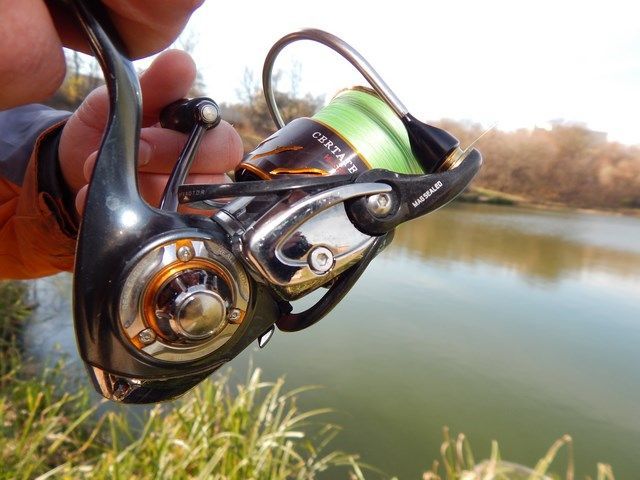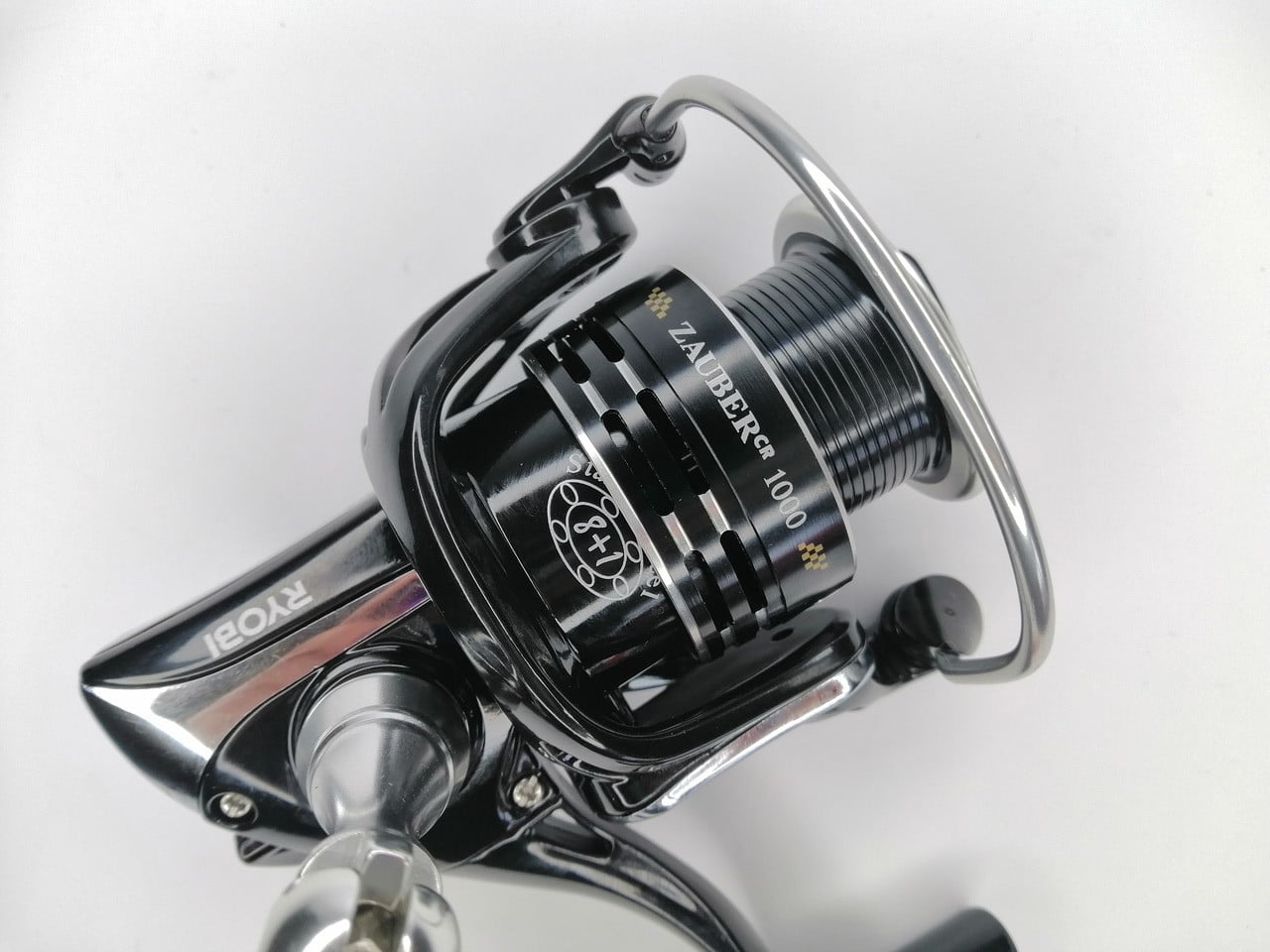This accessory is sometimes considered an accessory, but its use significantly increases the comfort when fishing. In practice, carbines are used for various purposes. Fishing has its own characteristics. They are usually used in tandem with
swivels . Carabiners are made of stainless steel. Such accessories for different types of fishing may vary. The fisherman should know their features and be able to choose the right one that suits a particular situation.
- What is a fishing carbine, in the installation of what tackle it is used
- Basic rules and tips for tying accessories to fishing line, cord, fluor
- How to properly tie a carabiner to a fishing line – step by step instructions with a photo
- How to attach a carabiner or clasp to a thick line – fishing carabiner knot
- How to tie accessories to a thin line
- How to tie a carabiner to a braid
- How to tie a carabiner into a fluorocarbon
- Tips and Secrets
- Поделиться ссылкой:
What is a fishing carbine, in the installation of what tackle it is used
The fishing carabiner is intended for use in the following cases:
- To ensure the simplicity and convenience of tool replacement.
- To eliminate the possibility of twisting the line and tangling the tackle.
Typically, fishing carabiners are used in such tackle:
- When fishing with a spinning rod . In this case, a leash with a bait and a hook is attached to the carabiner.
- For float gear.
- For feeder fishing .
- The carabiner is used in the bottom rig .
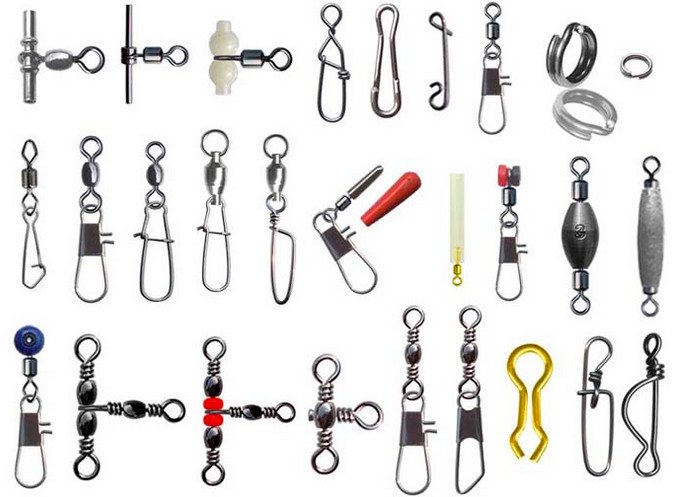
- wire;
- lamellar.
The former are the most common. They are more expensive than lamellar ones, but have a higher strength compared to them.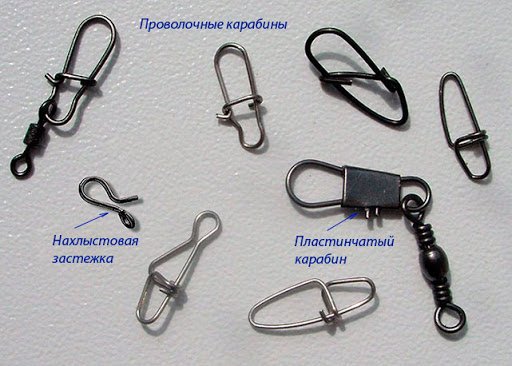
Basic rules and tips for tying accessories to fishing line, cord, fluor
The use of any knot for tying the carabiner helps to reduce the breaking strength of the tackle. This is due to the action of frictional forces while tightening the knot. It is necessary to choose those that will provide the maximum strength of the connection. It is the higher, the simpler the knot, the fewer bends and turns of the line in it. Choosing the right knot depends on the type of line and its thickness. It should be borne in mind that some knots are suitable for several types of threads.
How to properly tie a carabiner to a fishing line – step by step instructions with a photo
The Offshore Swivel Knot can be used with any line thickness. It is highly durable. To bind it, you need to take the following actions:
- The double end of the line is passed through the eyelet by 10-12 cm.
- The folded tip is lifted up, pressing against the fishing line.
- The carabiner is turned up so that it goes through the loop. This action is repeated 6-8 times.
- Then the knot is moistened and tightened so as not to disrupt its structure.
Details of working with the node can be clarified by studying the diagram.
How to attach a carabiner or clasp to a thick line – fishing carabiner knot
When working with thick monofilament line when tying fishing accessories, it is convenient to use the Grinner knot. It can be done by following these steps:
- The line is threaded through the eyelet.
- It is placed parallel to the main part.
- About a third of the size of the tip of the carabiner is bent again. This creates a loop.
- Starting from the eyelet towards the main part of the line, the thread is wrapped 4-5 times so that it passes inside the loop.
- Then moisten and tighten the knot.
The sequence of operations performed can be seen in the diagram below.
How to tie accessories to a thin line
When tying a thin line and a carabiner, it is convenient to use the Palomar knot. It is known for its ease of construction and high strength. To do it, the following steps are required:
- The line is folded in half by 12-14 cm and threaded through the eyelet. If it is too small, you need to use the following method for this. It is required first to thread the single end, then partially thread it back.
- A simple knot is created on the double part. In this case, the eye of the carabiner must be inside it. You do not need to tighten it at this step. A double thread is threaded inside the knot.
- The carabiner is threaded through the fold of the fishing line.
- Now the knot needs to be moistened and then tightened.
The process of tying the Palomar knot is depicted in the following figure.
How to tie a carabiner to a braid
Braided Line Knot can be used for braiding. It is knitted by performing the following steps:
- The braided thread must be passed through the eyelet. Then it is passed through this hole again. The resulting loop must be tightened.
- The tip is bent so that it forms a small loop. They wrap the fishing line so that the singing passes inside. In this case, it is necessary to make 10 turns.
- Next, the knot is moistened. The tightening takes place in two stages. First, gently pull on the tip, then on the main line.
The description of working with the node can be seen in the following figure.
- You need to bend the end of the line. It should be long enough to be long enough to tie this knot.
- It is threaded through the loop of the carabiner and placed parallel to the main part of the line.
- In the direction of the ear, the double end is encircled 5-7 times, forming a small loop at the new fold. The tip is passed between the threads.
- Then it is carried into the last loop. After wetting, carefully tighten the knot. The protruding ends can be trimmed to keep them out of the way.
You can clarify how exactly this knot is tied in the following diagram.
is a good knot for a carbine [/ caption]
How to tie a carabiner into a fluorocarbon
The Executioner knot is suitable not only for fluorocarbon, but also for other types of lines. To link it, you need to do the following:
- The end of the line must be passed through the eyelet.
- Then it is placed parallel to the main part of the thread.
- Approximately in the middle, the tip is bent so that it reaches the ear.
- In the direction from the main part of the line to the eye of the carabiner, the tip starting from the middle of the remaining part.
- The end of the fishing line is threaded into the loop formed during the bend.
Then the knot is moistened and tightened gently. For details on how to create a node, refer to the following diagram.
- Before you thread the thread into the eye of the carabiner, you need to make a simple loop, but do not tighten it.
- The tip is passed through the ear.
- Next, it is threaded through a previously prepared loop.
- Then the thread is wrapped 3-4 times around the main part of the line.
- The tip is passed through a loop made in advance in the opposite direction to the previous time. Then it is passed between the wrapped part of the main line and itself.
- After wetting, the assembly must be tightened.
The tip to be passed through the eyelet must be at least 25-30 cm long. [Caption id = “attachment_9917” align = “aligncenter” width = “278”] Rapal knot
Tips and Secrets
The use of certain knots should take into account the type of line used and the expected load. Each variety will only be most effective when chosen correctly. Using nodes may seem daunting at first, but they are actually easy to remember. If you take the time to train and bring the skills to automaticity, then tying the desired knot will not create any problems even in those cases when it occurs in a hurry. When creating knots, remember that their use always reduces the strength of the tackle. For each knot, there is a certain level of strength that it can provide. It is necessary to choose those options for which this parameter is the maximum. The decrease in strength is due to several reasons:
- When tightening the knot, frictional forces act, which partially destroy the line in this place.
- Each type of used thread has a resistance to abrasion. The higher it is, the more the knots reduce the strength.
- When creating complex knots, the line can have a large number of kinks. Under significant load, they reduce the strength characteristics of the tackle.
- High friction can lead to overheating and melting of the material.
How to properly tie a carabiner to a fishing line – video instructions for creating a nodal connection: https://youtu.be/Jzj-14F-iXw
If wetting is performed, the friction is drastically reduced. In this case, the effect of negative effects on the strength of the line becomes insignificant.
When the knot is tied, the tips remain sticking out. They interfere with fishing, so they need to be cut off. Leaving them too short can cause the knot to come loose under heavy load. It is considered sufficient that the length is 3-4 mm. You can also cauterize the tip of the line. After that, it will become thickened and will not be able to untie. The use of a carabiner makes the connections more durable, making it easy to change gear. However, these benefits only appear when the correct knot has been used to bind the accessory.
